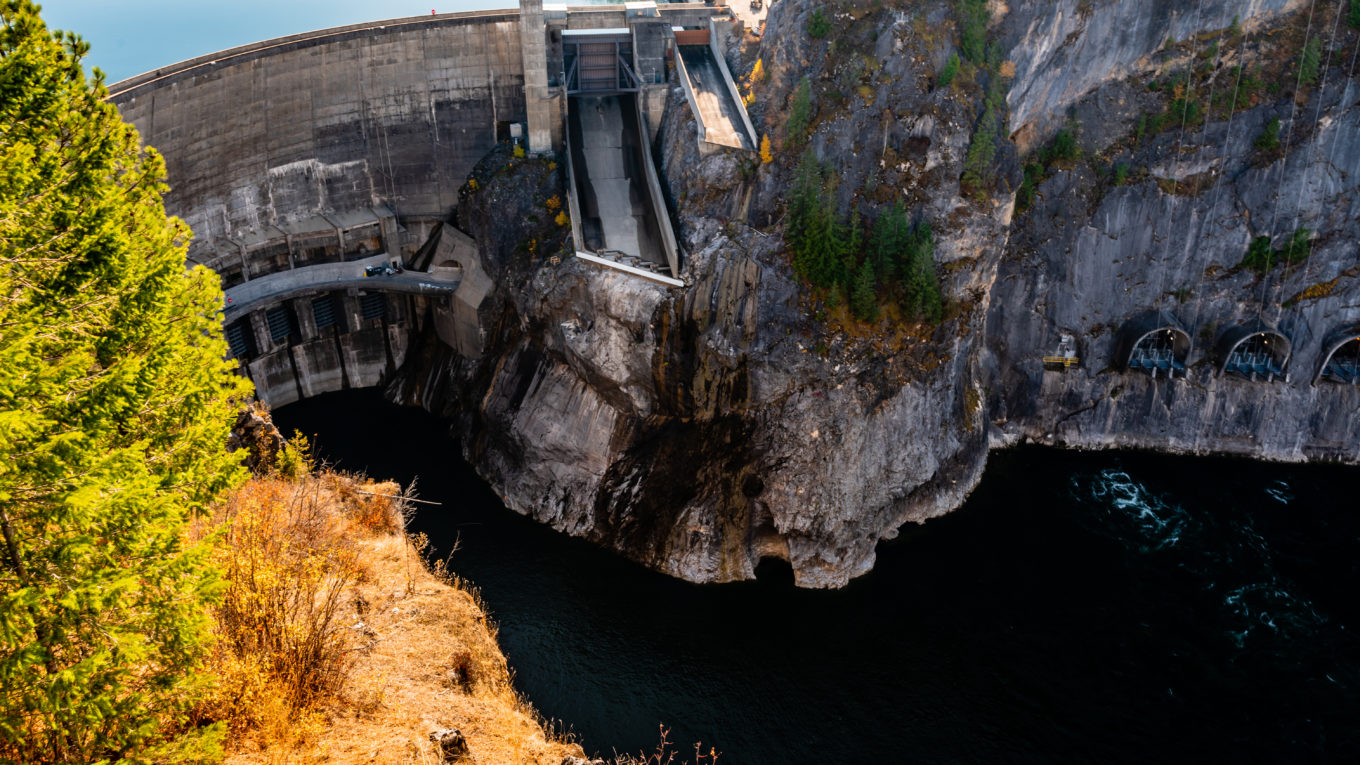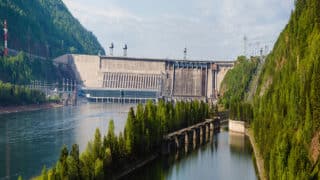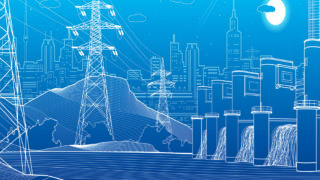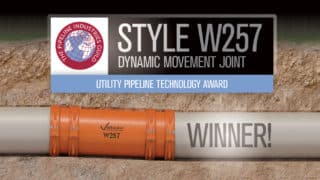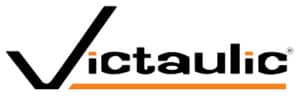Posted on August 3, 2021
As a committed solution provider in the hydropower industry, Victaulic is excited to join the National Hydropower Association (NHA). As a member of NHA, Victaulic is looking forward to continuing to advance America’s premier carbon-free renewable energy resource.
What is the National Hydropower Association?
The National Hydropower Association (NHA) is a “nonprofit national association dedicated exclusively to preserving and expanding clean, renewable, affordable hydropower and marine energy.” One of the main goals that the NHA continues to work towards is connecting members of the hydropower industry and advocating to preserve and expand hydropower in all of its forms.
Today, there are more than 250 companies, ranging from Fortune 500 corporations to family-owned small businesses, that are members of NHA. These members include both public and investor-owned utilities, independent power producers, developers, equipment providers/manufacturers, service providers, environmental and engineering consultants, attorneys, public policy outreach, and education professionals. In the United States, NHA members owner and operate approximately 85% of the waterpower generating capacity.
Why was Hydropower First Created?
For centuries, people around the globe have utilized the force of flowing water to produce energy. Flowing water sources include streams, rivers, and dams. In 1813, an English physicist and chemist, Michael Faraday, first discovered that flowing water could be used to generate electricity. The concept of “water energy” became very popular because it solved a limitation posed by Thomas Edison’s electrical circuit discovery. The problem with Edison’s discovery was that the electricity created had a limited distance that it could travel. For people not living in a city, it was nearly impossible to distribute electricity to their homes.
By 1886, there were approximately 50 hydropower plants online or under construction in the United States and Canada. Hydropower plants were able to take advantage of nearby water sources to generate electricity and distribute it to these local communities. While more and more people were gaining access to electricity, there were still communities in outlying areas without a water source that were left in the dark.
In 1896, Nikola Tesla harnessed the power of Niagara Falls to transmitted electric power, across the distance of 26 miles, to Buffalo, New York. This high-voltage alternating current (AC) was championed by Nikola Tesla and George Westinghouse, a manufacturing giant. The advancement of AC power allowed electricity to be produced less expensively and able to be transmitted over longer distances. By 1902, AC power plants, powered by Niagara Falls, were producing one-fifth of all electricity generated in the United States.
Is Hydropower Still Important Today?
Today, hydropower facilities come in a variety of sizes, from large facilities, such as the Hoover Dam, to small irrigation ditches or water flows in municipal water facilities. According to the NHA, “hydropower is valued as America’s first and most flexible renewable energy resource to achieve a sustainable, clean and secure electric system in North America.”
Hydropower has been and continues to be, a sustainable and renewable energy source while also acting as a source of flood control, irrigation, and water supply. According to the U.S. Energy Information Association (EIA), hydroelectricity accounted for approximately 7.3% of the total U.S. utility-scale and 37% of renewable electricity generation in 2020. In the United States, all but two states (Delaware and Mississippi) use hydropower as a source of electricity for their residents. Some states, like Idaho, Washington, and Oregon, get a majority of their electricity from hydropower. In fact, 74% of Washington State’s electricity comes from hydropower.
How does Victaulic Support Hydropower?
Victaulic has been a valued solution provider to the hydropower industry for years and is looking forward to continuing its hydropower efforts through its NHA membership and participation.
Victaulic’s Steve Morrison, Western Infrastructure Manager, says that “availability factors in the hydropower industry have decreased in the last decade, despite increased demand for electricity. This presents a challenge to new hydropower development, increases the operations and maintenance costs of aging infrastructure, and requires plants to be operated in new and different ways.” Victaulic is able to provide valuable solutions to support and deliver value engineering to new or existing piping systems in hydropower facilities.
Currently, Victaulic is supporting many projects, especially on the West Coast, where existing hydropower facilities are being retrofitted to better meet the needs of today’s electricity demands. Morrison describes that “Victaulic’s grooved piping products provide the flexibility to do retrofits in an efficient and cost-saving way. Contractors can replace entire existing piping systems by using Victaulic’s grooved solutions while saving valuable time and money during the hydropower plant outages.”
Victaulic’s solutions are designed to support many of the essential operations of hydroelectric facilities. This includes the development and enhancement of penstocks, cooling water and oil-water separators, lube oil, control air, drains, service water, sump, generator suppression, intake controls, and fire protection. Victaulic is proud to have supported numerous hydroelectric projects throughout the company’s history. These projects include:
To read more about Victaulic’s mechanical piping solutions for power generation facilities, click here.
